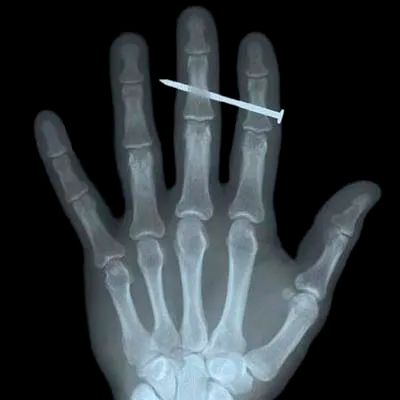Nail guns are powerful tools that significantly increase your productivity in construction and DIY projects. However, their efficiency comes with risks. Each year, thousands of people suffer nail gun injuries, ranging from minor puncture wounds to severe bone fractures.
In this guide, we’ll help you understand the dangers associated with nail guns and provide essential tips to keep you safe while using one.
Understanding Nail Gun Safety Basics
Nail gun safety is necessary for anyone using these powerful tools. The rising frequency of nail-gun injuries among nonprofessionals is alarming, with approximately 14,800 incidents reported annually. While most injuries are treatable puncture wounds, nail guns can cause more severe damage, including bone fractures.
To stay safe, always read the tool manual thoroughly before use. Familiarize yourself with your nail gun model’s safety features and operating instructions. Additionally, we recommend using sticky notes to post safety reminders around your work area to help reinforce good habits and prevent accidents.
Before beginning any project, you need to understand the basics of nail gun safety. With proper precautions and knowledge, nail gun injuries are preventable. Here, we’ll discuss common types of injuries and essential safety gear.
Proper Nail Gun Handling Techniques
Knowing how to handle a nail gun correctly is critical to preventing accidents and ensuring accurate nail placement. Mastering the techniques discussed below will enhance worksite safety and boost your efficiency.
We also strongly recommend reading through the safety protocols outlined in the Occupational Safety and Health Administration (OSHA) Nail Gun Safety manual.
Correct Grip and Stance
When possible, maintain a firm grip on the nail gun with both hands. Stand with your feet shoulder-width apart for stability. This stance provides better control and reduces the risk of losing balance while operating the tool.
Avoid working from ladders or uneven ground whenever possible, as this can increase the risk of slips and misfires.
Avoiding Accidental Discharge
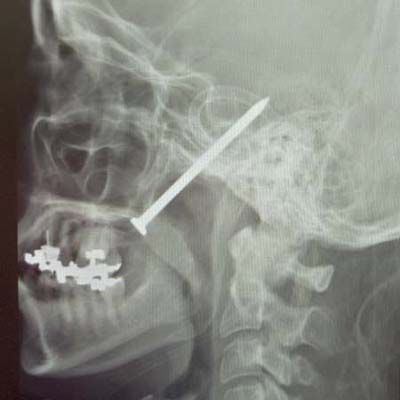
Always be mindful of trigger discipline. Take your finger off the trigger immediately after driving in a fastener, and never carry the nail gun with your finger cocked to shoot. This simple habit can prevent many accidental discharges.
Carrying the nail gun with the trigger disengaged can also prevent you from accidentally firing it if you trip or bump into something.
Maintaining a Safe Distance
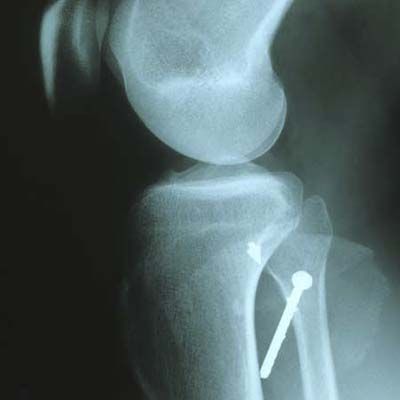
Fired nails can fishhook, poking through material unexpectedly. To stay out of harm’s way, keep your free hand and other body parts at least 10 inches from the nail gun’s impact point. Keep your fingers at least 10 inches to the side of the impact point. This distance helps prevent injuries from unexpected nail trajectories.
Thinking ahead about nail trajectories can help avoid accidents. Visualize the nail’s path and ensure there’s no one within the danger zone.
Best Practices for Nail Gun Operation
Following best practices during nail gun operation can significantly reduce the risk of accidents and improve overall safety.
Finger Placement on the Trigger
Always keep your finger off the trigger until you’re ready to fire. This habit prevents accidental discharges if you stumble or the tool is bumped. Only place your finger on the trigger when you have the gun in position and are ready to fire.
Regularly check the trigger mechanism for dirt and debris that could affect its operation. A well-maintained trigger can add an extra layer of safety.
Proper Aiming and Positioning
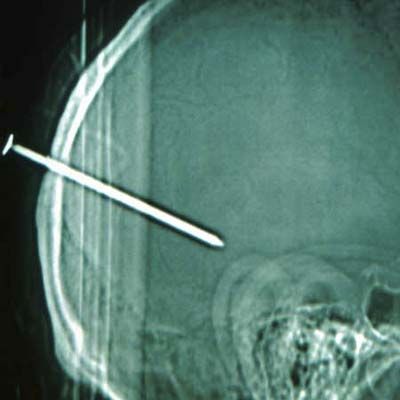
Never aim the firing end at any hand or any body part. Even from the other side of a workpiece, nails may go through and hit you. Always be aware of what’s behind your target, and never point the nail gun at yourself or others, even if you think it’s not loaded.
You must be mindful of the nails’ back trajectory. Always secure and anchor your workpiece and test it to confirm it won’t shift during the nailing process.
Dealing With Jams and Misfires
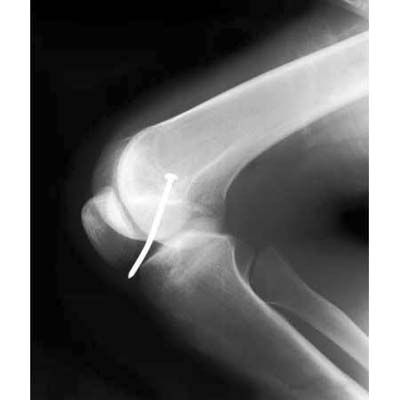
When facing a jam or misfire, prioritize safety. We recommend removing the gun from its power or pneumatic source. That’s a must when loading or when clearing jams. Taking this precaution means the nail gun won’t accidentally discharge while you’re working on it.
Regularly inspect and clean the nail gun to prevent jams and misfires. An ounce of prevention can save you from dealing with dangerous situations.
Choosing the Right Fasteners
Selecting the proper nails for your nail gun is as important as choosing the right tool. Only load the tool with manufacturer-specified nails to avoid jams and misfires. Using the wrong nails can increase wear and tear on the nail gun and lead to unexpected breakdowns.
Essential Safety Gear for Nail Gun Use
You should also use safety equipment when operating a nail gun. The right gear can significantly reduce the risk of injury and should be considered mandatory for all users.
Safety Glasses
Safety glasses are a must-have when using a nail gun. Wear safety glasses. As careful as you are, a nail can still glance off hidden knots and other nails to nail you. Safety glasses protect your eyes from flying debris and potential ricochets.
Keep a spare pair of safety glasses in your toolbox so you never find yourself without eye protection. Investing in good-quality, shatter-resistant glasses can make a significant difference.
Work Gloves
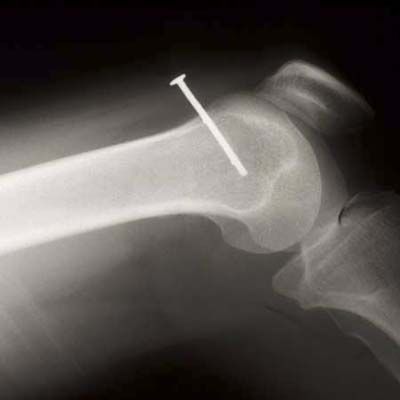
Sturdy work gloves provide an extra layer of protection for your hands. While they may not stop a nail completely, they can reduce the severity of injuries and protect against minor scrapes and cuts.
Choose gloves constructed with cut-resistant material, which can provide additional safety against accidental slips and misfires.
Protective Footwear
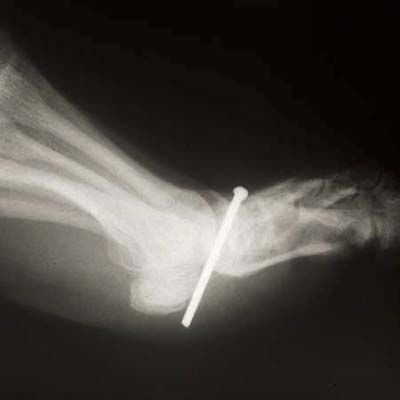
Steel-toed boots or other protective footwear are best when using nail guns. They shield your feet from falling objects and accidental nail discharges, which can easily penetrate regular shoes.
Never underestimate the importance of protective footwear. Sneakers or regular shoes do not offer the necessary protection and could result in severe injuries.
Ear Protection
Nail guns can be pretty loud, and prolonged exposure to high decibel levels can damage your hearing. To prevent hearing loss, we always recommend using ear protection, such as earplugs or earmuffs.
Our Conclusion
Nail guns are invaluable tools that can significantly boost productivity in construction and DIY projects. However, their power comes with inherent risks you must respect and mitigate through proper safety practices. By following the guidelines outlined in this article, you can significantly reduce the risk of nail-gun injuries and create a safer working environment.
